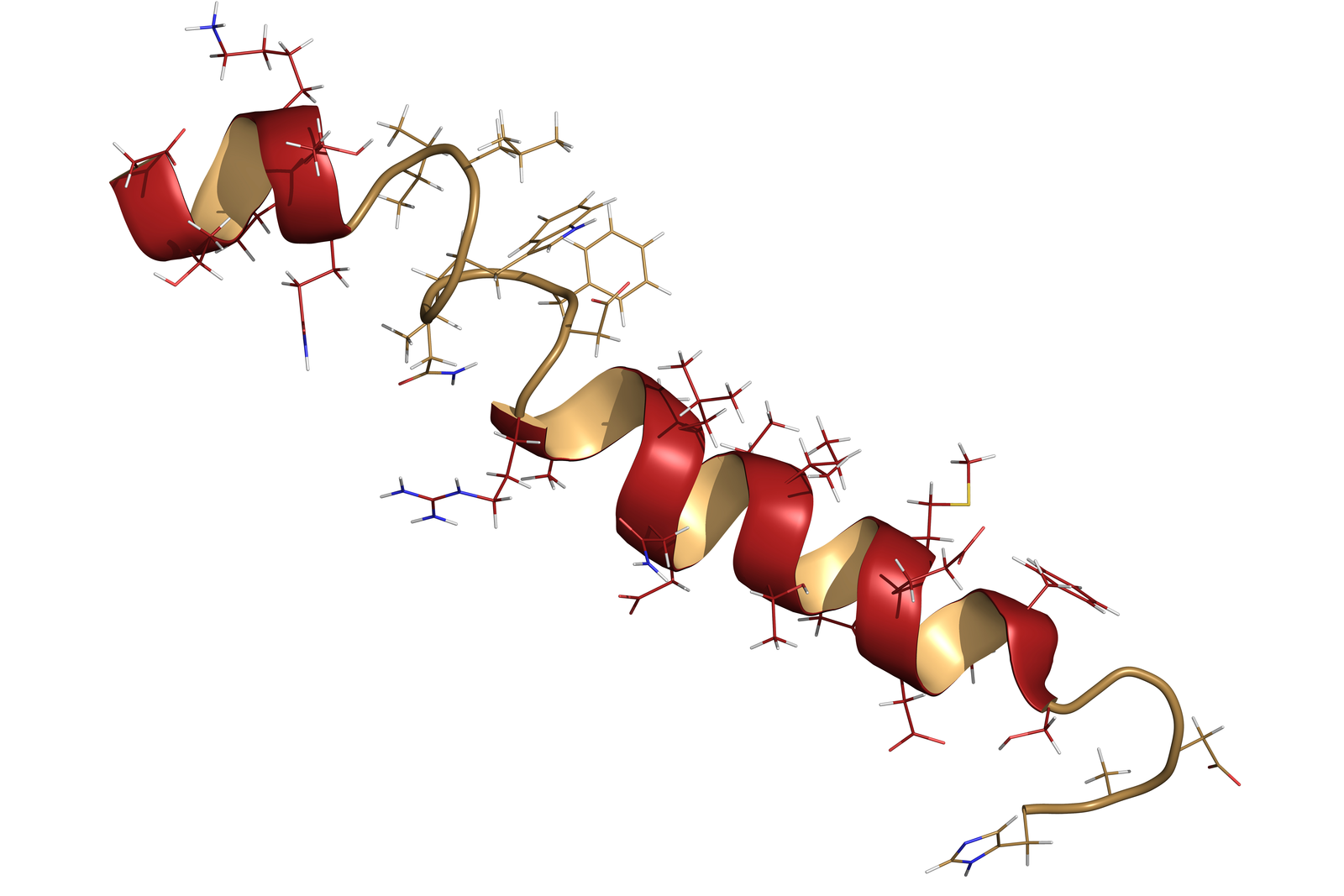Role of inflammation in gut health status

For optimal animal performance and well-being it is essential to preserve and promote proper intestinal health. Finding natural and effective bioactive compounds to fight subclinical chronic intestinal inflammation while maintaining profitability is the challenge.
The gastrointestinal tract is a complex and dynamic ecosystem, where important functions are conducted, like digestion and absorption of nutrients, or acting as a protective barrier. This barrier is composed by physical, chemical, microbiological, and immunological constituents. Gut health is the outcome of the interaction between the diet, intestinal mucosa and microbes; in which several factors like pathogens and stressful situations can negatively affect the delicate balance among these components and result in a poor intestinal health.
It is well-known that intestinal barrier function can be adversely affected by stress, resulting in increased intestinal permeability (‘leaky gut’), where the epithelial barrier and tight junctions’ functionality are impaired, and the ability of the enterocyte to absorb nutrients is decreased (Figure 1). This eventually causes a delay in animal growth, which is associated with an increased susceptibility to infections. In animal production, the weaning period of piglets is a good example. Early weaning is stressful and forces the piglet to rapidly adapt to dramatic changes (abrupt changes in diet, mother’s separation, new environment, etc.) with negative consequences for gut health.
Figure 1 – Gut health integrity.

Subclinical chronic intestinal inflammation appears as a consequence of those stressful events, which is associated with the greatest costs for animal performance in livestock production systems.
Inflammation causes a reduction in growth, mainly by inappetence, muscle catabolism and activation of the immune system. Moreover, at the intestinal level, one of the negative consequences of inflammation is the increase in gut permeability with negative effects on nutrient absorption and increases of diarrhoea incidence.
Use of anti-inflammatory compounds in animal feeds
In the past, the common practice for maintaining proper gut health in farm animals was the use of antibiotic growth promoters in feed. In recent years, several studies supported their anti-inflammatory activity as partly responsible for their growth-enhancing action. In this sense, research was conducted by Lucta to corroborate this theory in post-weaning piglets comparing two treatments, control (CON) vs antimicrobials (AB), where it was reported that the AB group resulted in higher animal growth and this response was associated with improved gut barrier function. In addition, the research also showed that this improvement in gut barrier function was associated with a reduced expression of pro-inflammatory cytokines in animals fed with AB diets.
This data is in line with the hypothesis of Niewold (2013) about the non-antibiotic anti-inflammatory properties of antimicrobials, and their benefits in performance and the resulting gut health status of farm animals due to this activity. However, their use has been limited due to public concerns regarding development of antibiotic-resistant bacteria in humans. These restrictions started first in the European Union, but other countries such as Australia and the USA are following the European example regulating the use of antibiotics in feeds or setting up programmes to reduce their use. Therefore, this anti-inflammatory approach opens the door to the use of certain natural bioactive compounds as promising tools to fight gut inflammation and improve animal performance.
New anti-inflammatory approach
Finding natural and effective bioactive compounds to fight subclinical chronic intestinal inflammation while maintaining profitability is the challenge. Herein, it has been proposed to use certain molecules coming from nature with anti-inflammatory properties, which may result in improvements in animal growth and gut barrier function. Developments have achieved this objective through natural bioactive compounds that are able to stimulate glucagon-like peptide 2 (GLP-2) secretions. Glucagon-like peptide 2 is an enteric peptide with trophic and regenerative properties for the intestinal epithelium and anti-inflammatory activity.
A proper in vivo approach to evaluate the efficacy of potential anti-inflammatory additives in production animals is to use the lipopolysaccharide (LPS) challenge model. LPS are molecules present on the outer surface of all gram-negative bacteria which are widely used as an immune stimulant. The effects of LPS are due to its ability to stimulate macrophages to synthesise and secrete pro-inflammatory cytokines.
In trials with chronic LPS-challenged early-weaned piglets, positive effects in growth and gut barrier function have been validated when adding certain natural bioactive compounds in non-medicated feeds. These benefits seemed to be related to their anti-inflammatory activity. The increase in the inflammatory response recorded for the positive control was mostly reverted with the inclusion of natural anti-inflammatory compounds, resulting in an improved BW. A deeper sample analysis demonstrating this effect was mediated by an improvement in intestinal integrity, understanding integrity as both ‘barrier’ and ‘absorption’ functionalities. This effect was also corroborated by several in vitro studies. Obtained data seems to indicate that this approach may be able to mimic the beneficial effects observed in gut integrity and animal performance in comparison with the use of in-feed antimicrobials (Figure 2).
Figure 2 – Effect of treatment on final body weight (BW) and Ussing chambers’ measurements of trans-epithelial electrical resistance (R). Data from pigs exposed to a chronic LPS challenge.

Considering this information, the innovation team at Lucta is developing a new concept based on bioactive compounds that attenuate the effect of subclinical chronic inflammation on suppressing animal growth. This concept works through a mechanism that appears to involve improvements in intestinal integrity initially unrelated to alterations in gut microbial ecology and function.
In conclusion, strategies based on a reduction of subclinical chronic intestinal inflammation may improve gut health status and function. This positive effect could be achieved by the use of non-antimicrobial anti-inflammatory bioactive compounds present in nature.
References available on request











